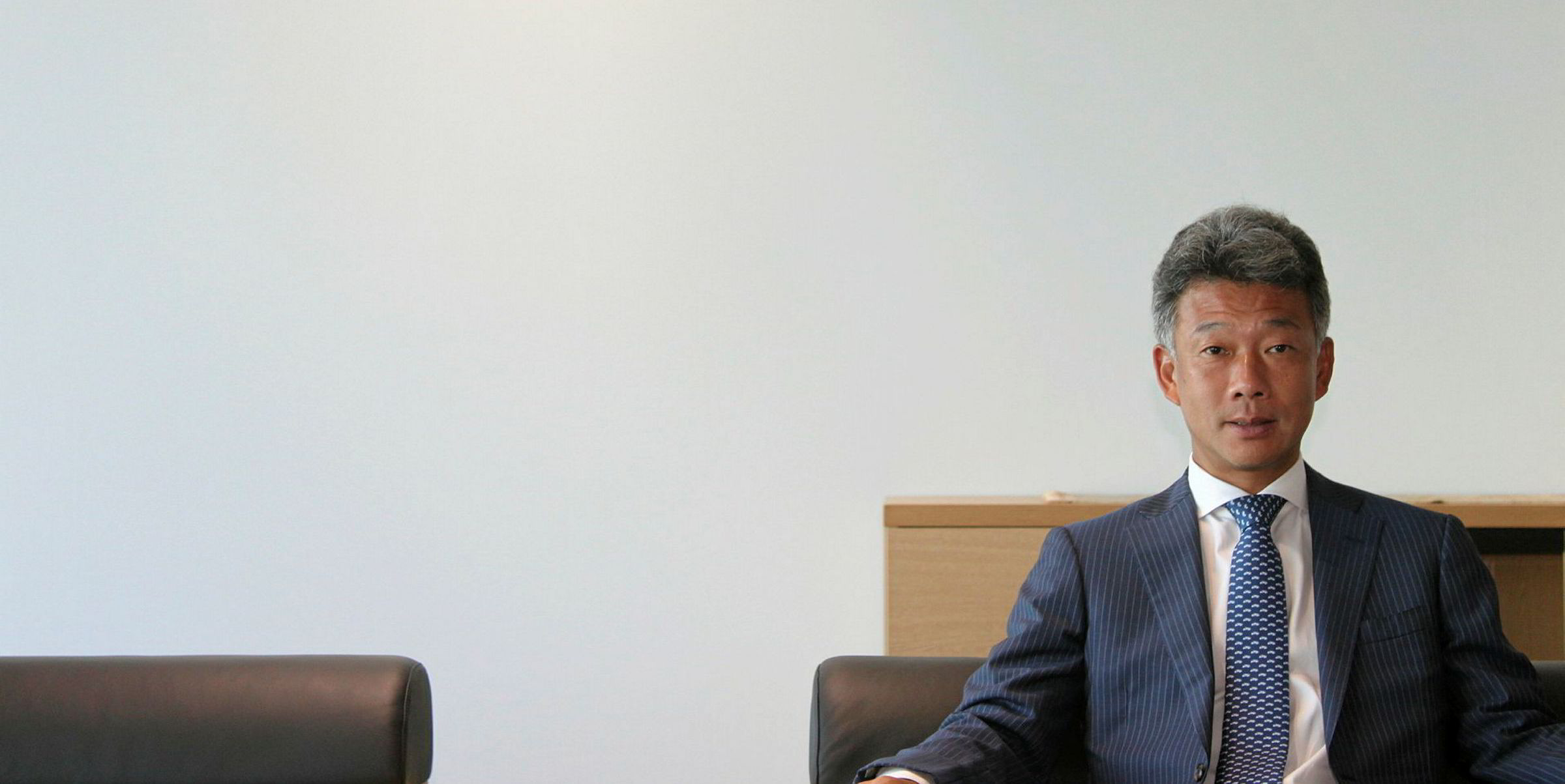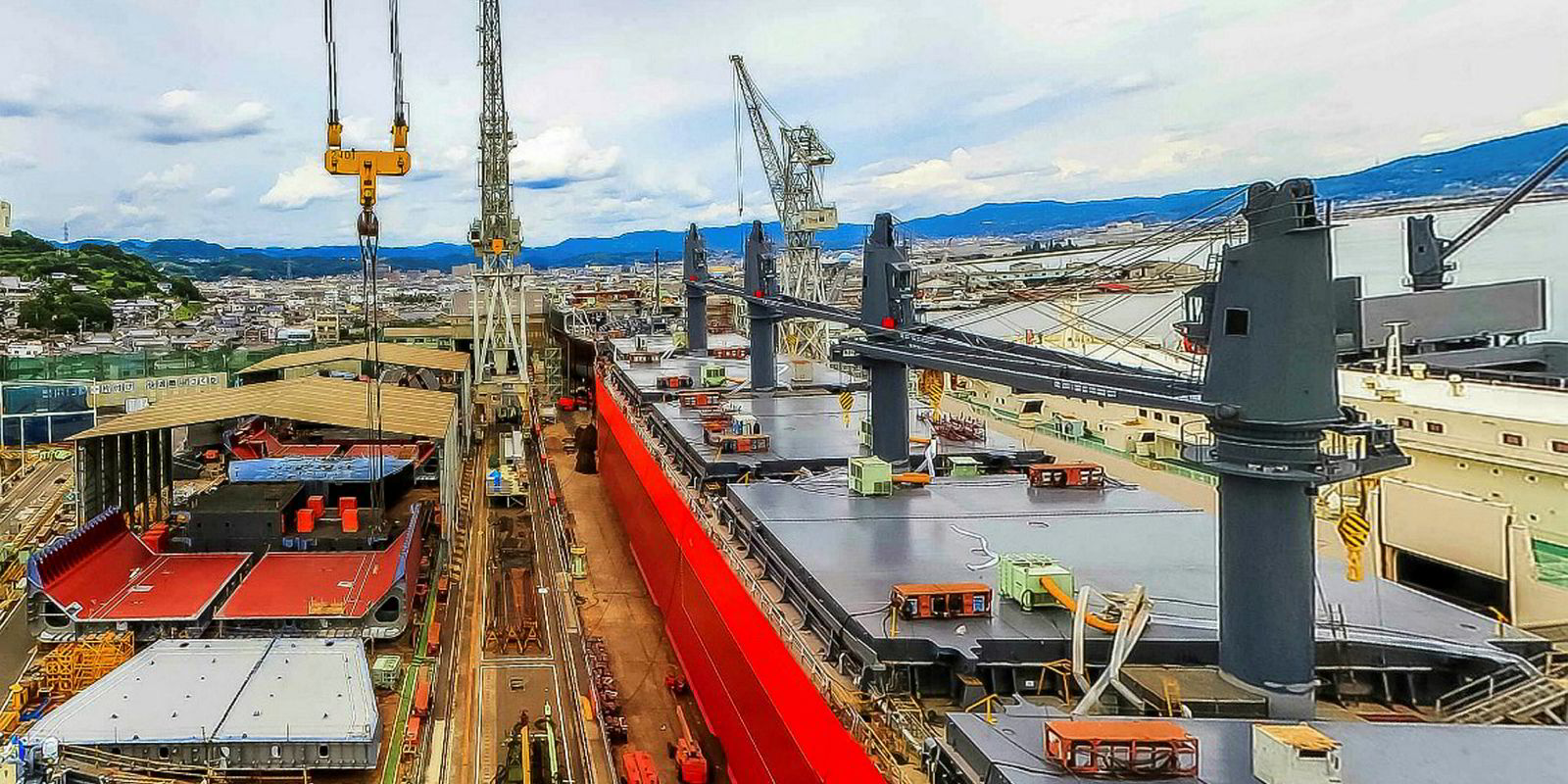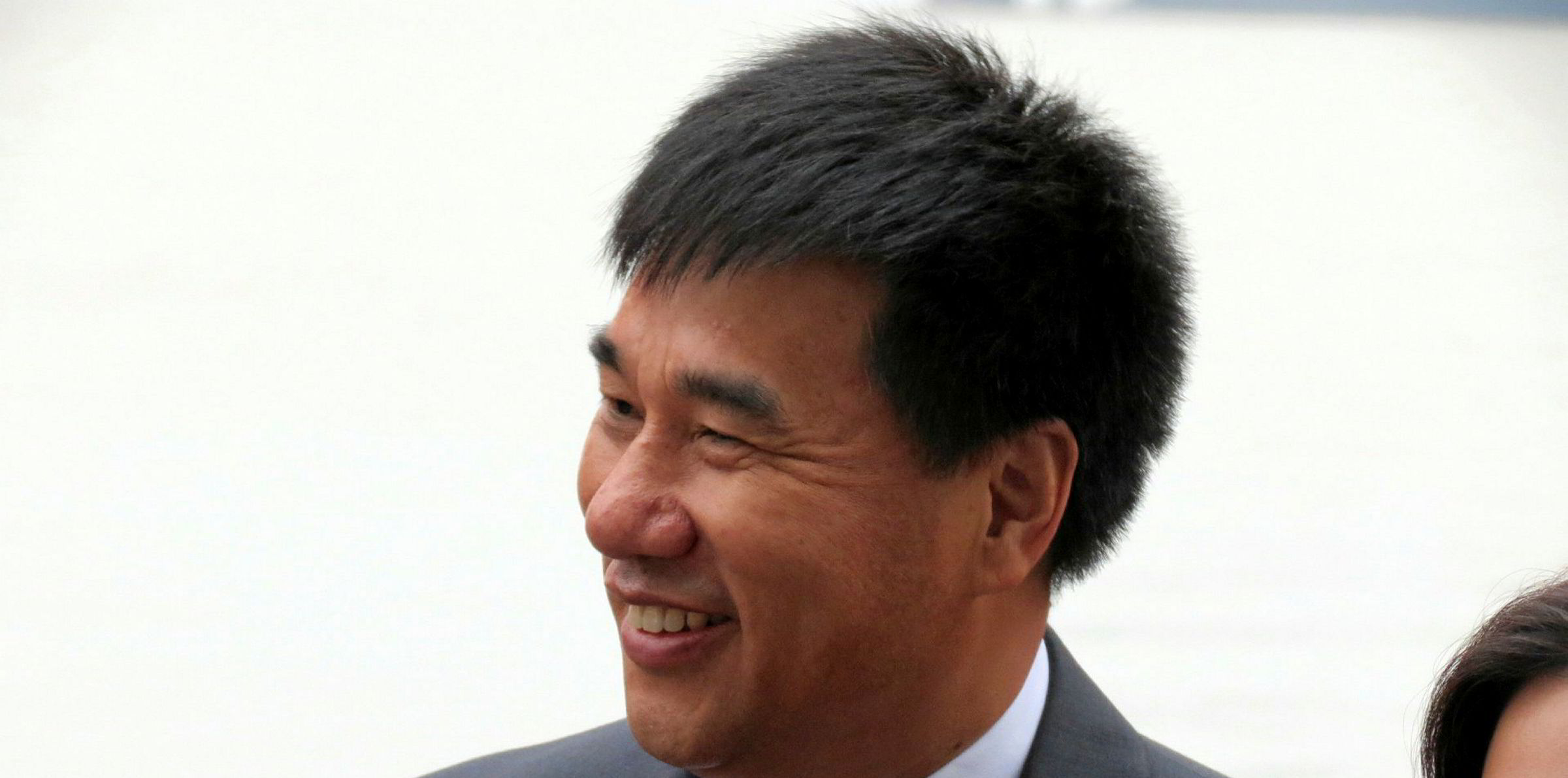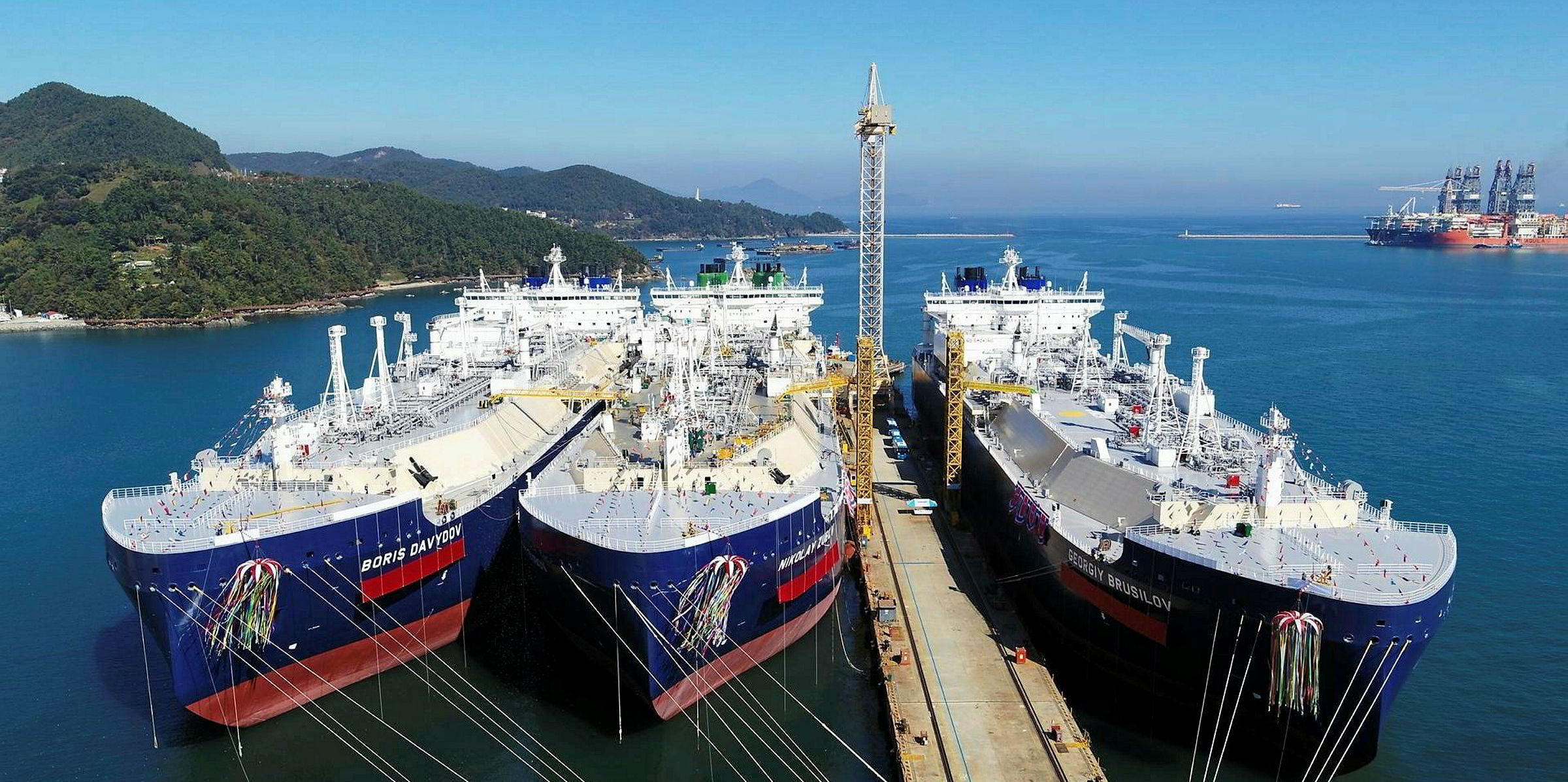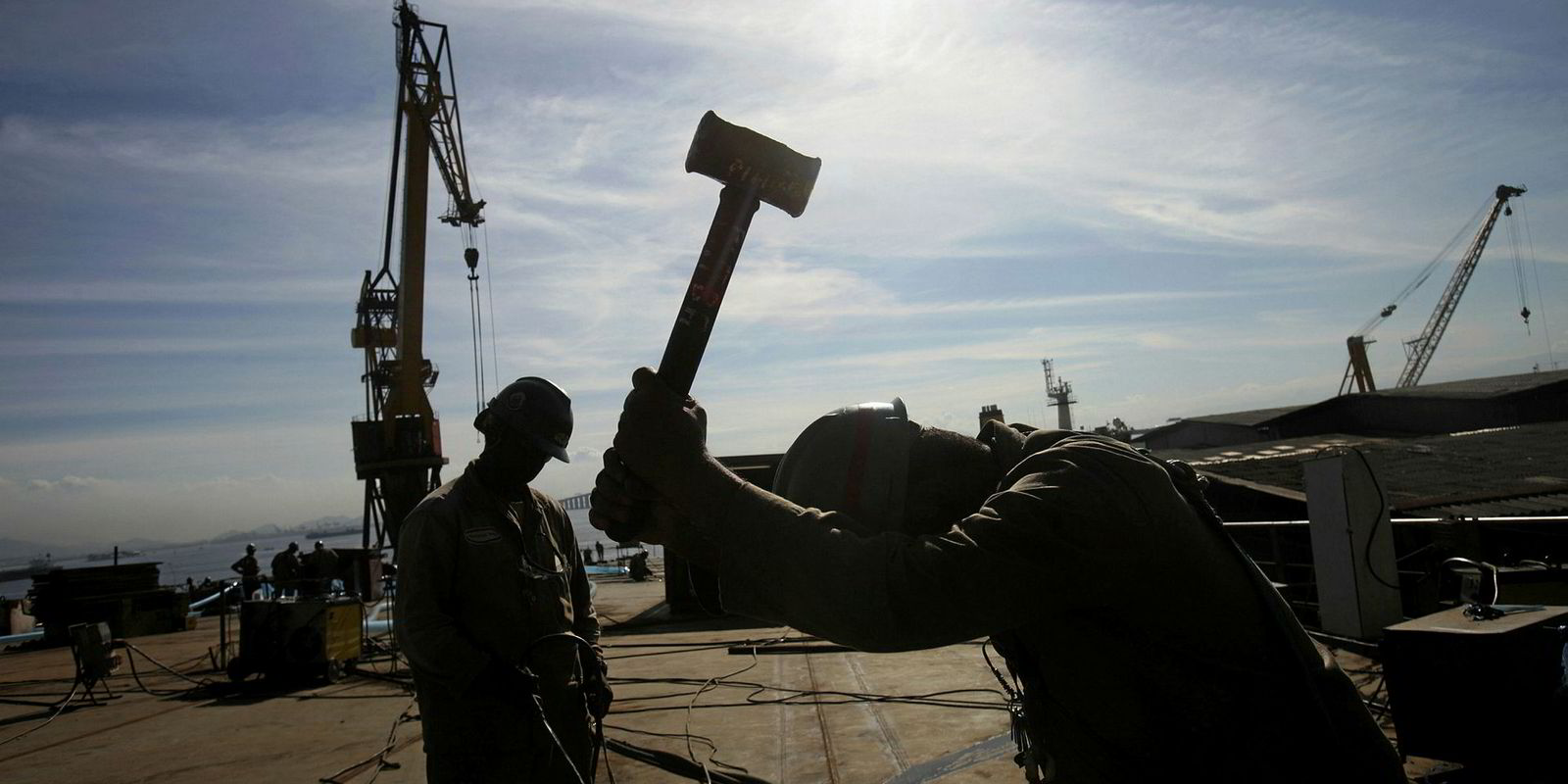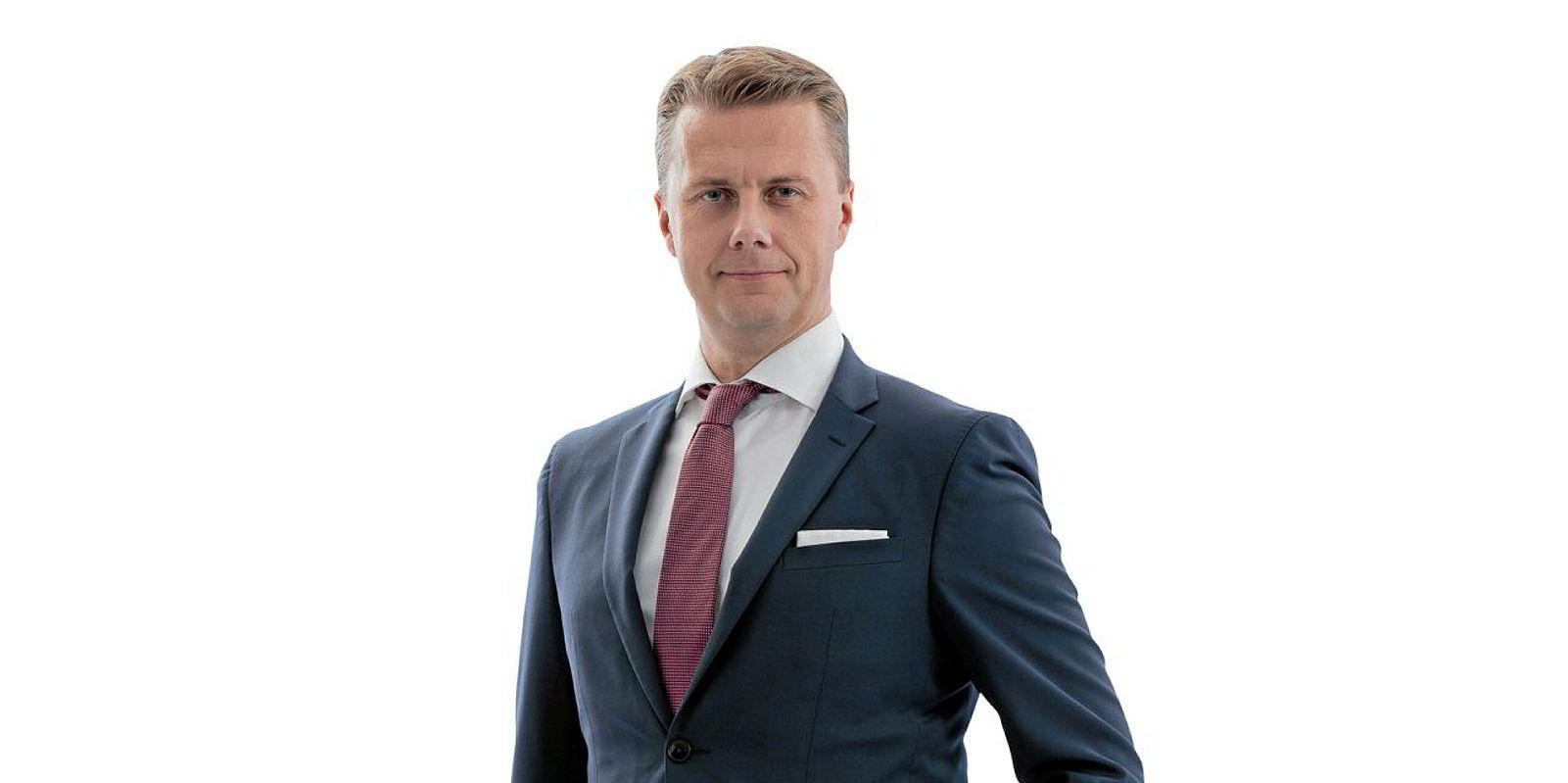As ships head to drydock for retrofits ahead of the IMO's new sulphur emissions rules, executives at shipyards have a mixed outlook for the year ahead.
In TradeWinds' survey of shipping industry figures on their expectations for the year ahead, Onomichi Dockyard president Takashi Nakabe and DSME chief executive Jung Sung-leep say shipowners should adopt a wait-and-see approach to compliance solutions as they consider new orders.
But after many tough years, Hyundai Heavy Industries chief operating officer SY Park believes the worst is behind the shipbuilding sector, with 2019 viewed as a step on the road to recovery.
Equipment manufacturer Wartsila Marine Solutions is more optimistic, as interest grows in technology to comply with IMO 2020.
Takashi Nakabe
President, Onomichi Dockyard
In general, the newbuilding market will be quite slow because of the 2020 SOx regulation. Many shipowners and operators are waiting for the right solution to this regulation. But it will not be an easy one because it is not only an economical issue but also an environmental matter.
At Onomichi, we have received marine gasoil (MGO), mono-fuel engine enquiries from some anti-scrubber shipowners.
There are two reasons behind this. First, MGO mono fuel engines can save 13% consumption compared to a normal heavy fuel-burning engine with scrubbers.
Secondly, ship operators can save bunker fuel for heating heavy fuel in port. They can also save newbuilding costs by omitting a boiler heating line and purifier etc.
In 2019, we may face problems pertaining to ships’ main engines when shipping companies use ‘unstable’ fuel that may results in engine breakdowns. This would be a problem for shipyards especially when the vessels are still under the shipyard guarantee period. Shipyards are not protected from events like this and it is difficult to trace the fuel that shipping companies used. Currently, oil companies are not able to specify the specific hybrid fuel for the shipping industry.
Eventually, oil companies will provide MGO to the shipping industry as it is difficult to produce a standard quality of blending fuel. This will take a few years but we foresee heavy fuel will not be in use in shipping.
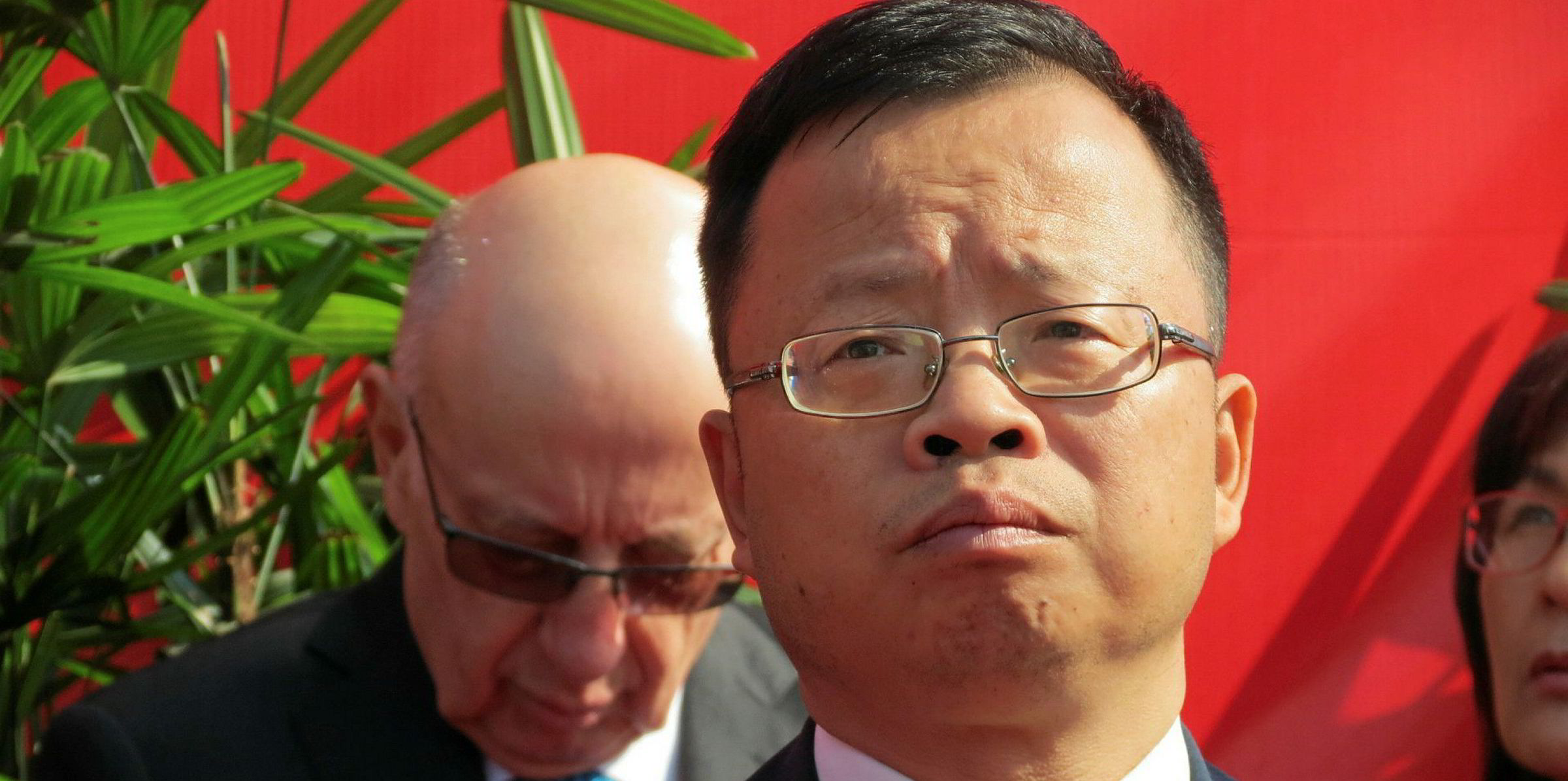
Hu Keyi
Technical director, Jiangnan Shipyard
The impact of the IMO deadline on shipyards in 2019 will largely be in retrofitting scrubbers. Retrofits will be a bigger business for China’s repair yards [for existing ships] and newbuilding yards [for existing designs] that have specialised in this, such as Huangpu Wenchong with its big contract for Mediterranean Shipping Co. Scrubber production capacity is still not enough.
As a newbuilding shipyard, we see the choice of an IMO 2020 solution as up to the shipowners. VLECs and VLGCs, which we are designing and building now, can use their cargo as fuel, as LNG carriers do. But most other ship types will choose scrubbers because of the cost of LNG propulsion and the lack of LNG bunkering infrastructure. LNG fuel will be available for ships on fixed routes, for ships in certain limited geographical areas like northern Europe, and long-distance East-West liner trades that can refuel in Singapore, for example.
I believe next year’s shipbuilding markets will be a little improved, especially for bulkers and container feederships. In LNG, there have been many speculative orders this year, and I think there will be fewer of those in 2019.
But you know that this year the presidents of China and the US have had some conversations at G20, and I believe there will be orders from Chinese owners as domestic LNG-import projects move forward.
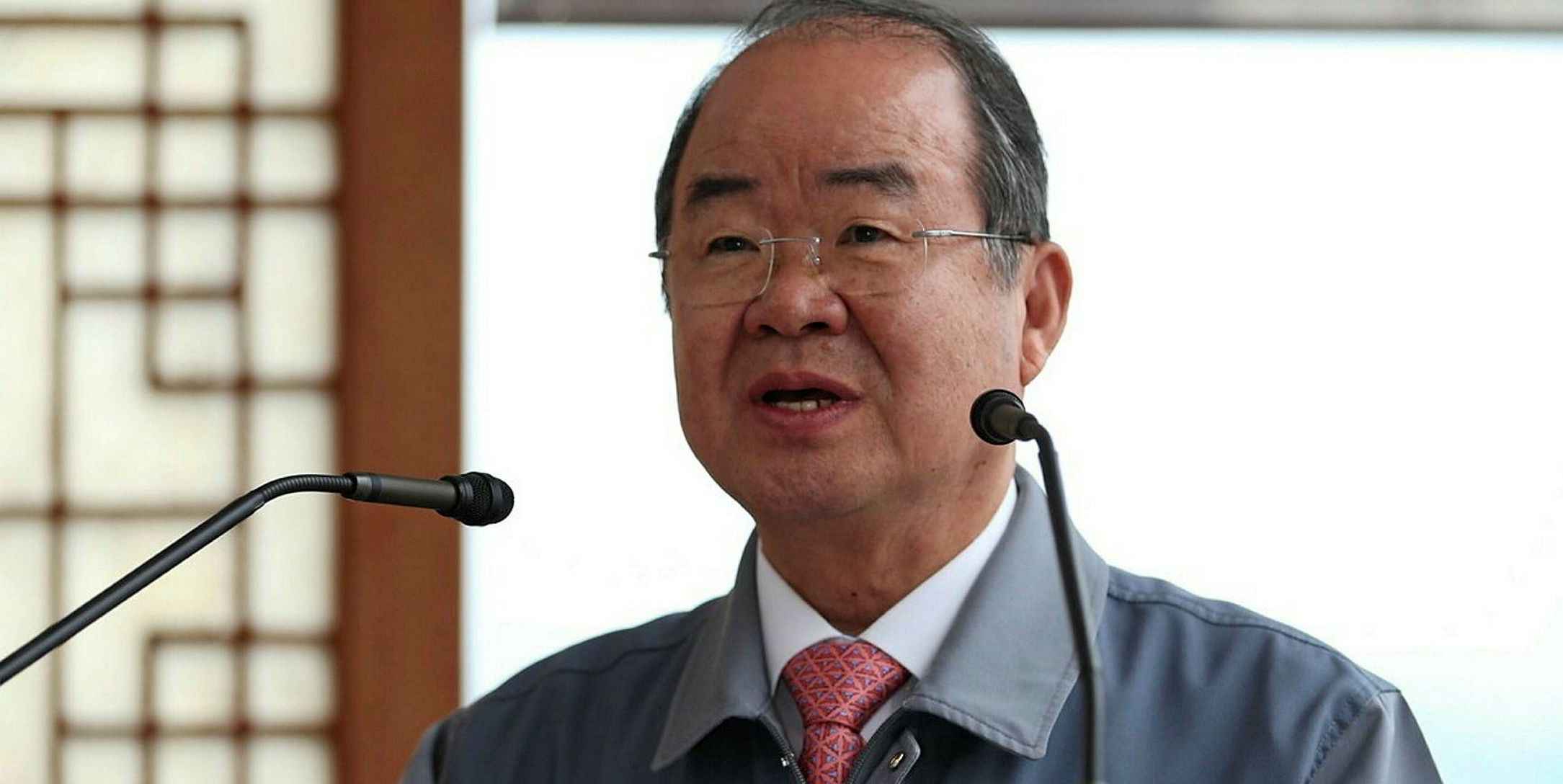
Jung Sung-leep
Chief executive, DSME
We expect the scrapping of fleets to increase, having taken into account owners’ additional costs due to rule requirements, which is a positive aspect for newbuilding markets.
Many owners are taking a wait-and-see attitude on adopting solutions among low-sulphur oil, scrubbers or the LNG-fuelled ship (LFS) solution. The LFS solution will gather forces for coming years, taking into consideration both emissions control areas operation and IMO 2050, etc.
From the technology point of view, we are fully prepared to accommodate shipowners’ needs for 2020 rule compliance, such as a scrubber and LFS.
We think the LNG carrier newbuilding demand will continue to grow in 2019 following increased order growth this year. However, we have to see whether there will be some adjustments in the speed of newbuild orders.
The biggest topic for coming years will be an ‘environmentally friendly solution’ for the newbuilding sector. Owners continue to order ships at technically capable shipyards that can provide sustainable solutions to cope with current and future environmental restrictions. Shipyards that are prepared will benefit from this paradigm shift.
The other key issue will be how much we can secure cost competitiveness amid uncertainty in the shipbuilding market, such as a steel price increase and currency fluctuation.

SY Park
Chief operating officer, Hyundai Heavy Industries
The SOx regulations that will take effect from 2020 have already been affecting shipowners’ newbuilding decisions in a positive way for the shipbuilding market.
Whilst the price and supply of LSFO [low-sulphur fuel oil] is still uncertain despite the imminence of forthcoming regulations, a considerable number of shipowners have been taking chances to build new eco-friendly ships equipped with scrubber, or scrubber-ready solutions for future retrofit. It is quite noticeable that scrubbers are installed on a dominant number of ships that we are building and recently contracting.
Installation of scrubbers is a relatively easy and cost-efficient solution to avoid the risk of the unpredictable price of LSFO.
However, many shipowners are looking to LNG-fuelled ships as an alternative solution that could cope with the demand of less SOx and greenhouse gas emissions. Hyundai Heavy groups are building versatile LNG-fuelled vessels like LNG carriers, big containerships, tankers, bulkers, etc. The challenge for shipyards will be how to prepare for this by providing better technologies and lowering the cost of the LNG dual-fuel solution. Depending on the type of LNG fuel tanks, an issue for shipyards would be how to secure skilful manpower and proper facilities to meet the order volume for LNG carriers.
The shipbuilding market is on the road to recovery, given the increasing number of contracts and order volume on global shipyards. Next year should be better and many shipyards will attempt to improve their profitability by increasing newbuilding prices as shipyards suffered quite a lot for many years.
Meanwhile, there will be influential key factors in next year’s shipbuilding market, such as an implementation of SOx regulations in 2020 and continued global downsizing of shipbuilding capacity, which is expected to be on the same level as this year. There are not so many shipyards available for the good-quality ships, including LNG fuelled ships.
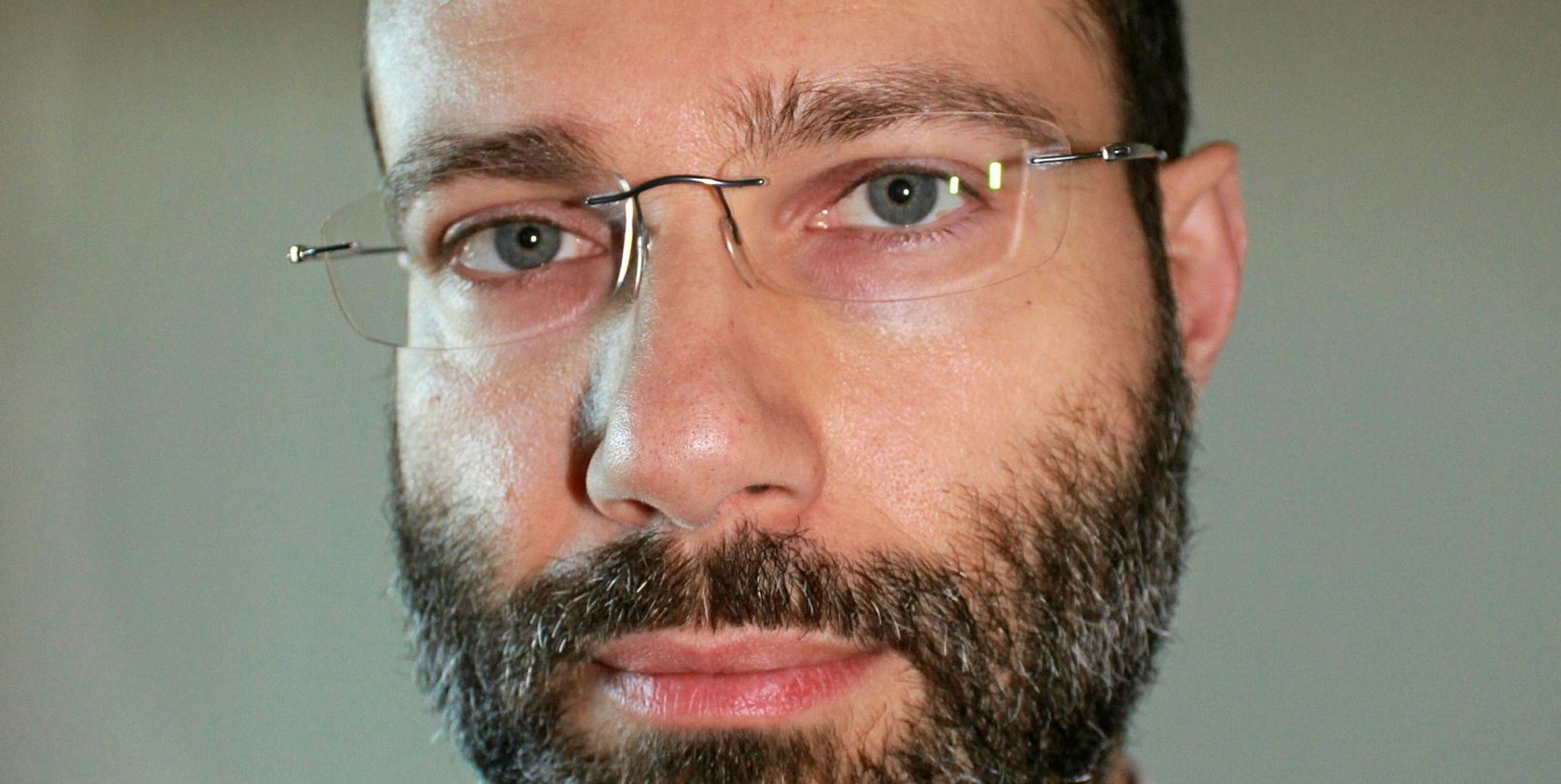
Marco Bognolo
Head of project lead designer’s team, merchant ship business unit, Fincantieri
As cruise vessels operate mainly in environmentally sensitive areas — including ECA [emission control areas] zones and protected areas of outstanding beauty — passenger and general public perception deeply influence the success of the industry.
Consequently, the sector has always paid particular attention to preserving the environment in which it operates, and the approaching IMO 2020 sulphur cap deadline will further accelerate the ongoing process of reducing the environmental footprint of cruiseships.
All recent and future newbuildings in 2019 and going forward are designed with a customised strategy to meet the required emissions limits, based on the use of either exhaust-gas cleaning systems, low-sulphur fuels or LNG.
The choice will depend on operational requirements and area of deployment, with LNG being used mainly for new vessels operating in major ports, and HSFO [high-sulphur fuel oil], scrubbers and MGO [marine gasoil]preferred for ships sailing to smaller ports and with a larger range of destinations.
A large part of the existing fleet has already had scrubbers installed during vessel refit programmes.
The IMO 2020 regulation will influence the economics of the cruiseship business, depending on price evolution and availability of the various fuels.
The logistics of LNG in ports is the main limiting factor to its use but this will most likely improve, while the expected fall in demand for, and price of, HSFO may reduce the payback time for scrubbers, leading to more refitting of existing vessels.
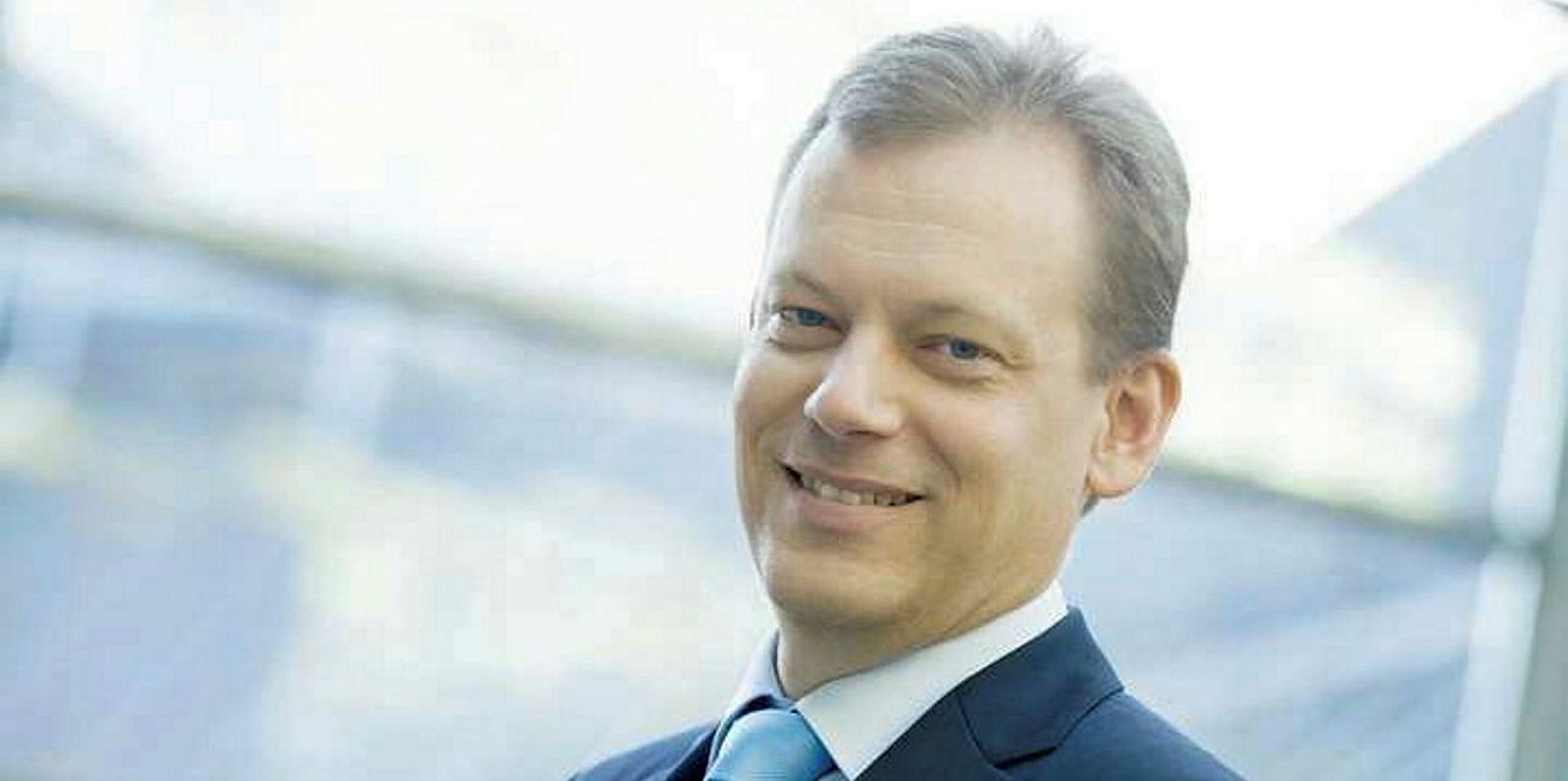
Roger Holm
President, Wartsila Marine Solutions
Manufacturers have been studying and preparing for the impact of the 0.5% IMO 2020 sulphur rule for several years. We are seeing an increasing interest in our hybrid solutions, which are designed to fit our customers’ specific requirements. During the whole year, there has been a big interest in scrubbers.
The scrubber boom will likely continue ahead of the IMO 2020 sulphur cap deadline, although long lead times in the supply chain are challenging for the market. Only 1.5% of the global fleet is currently fitted with scrubbers. Consequently, come 1 January 2020, most ships will be burning compliant fuel, which is either very low sulphur, blended fuel or gasoil.
We are also working with some great forward-thinking companies who have commissioned vessels using LNG and advanced VOC [volatile organic compounds] systems to not only align with regulations but to also gain a benefit from the investment, thus turning a cost into a business advantage.
By operating vessels on clean-burning LNG fuel, companies can minimise the environmental impact of their operations.
For us, we pride ourselves on the fact that our product portfolio is the widest in the industry and we are continuously updating it.
During 2019, we’ll be working closely with our customers and supporting them with new technology to improve the efficiency and, through that, to reduce the emissions levels even further.
This article has been amended since publication to reflect that SY Park is now chief operating officer at Hyundai Heavy Industries.
